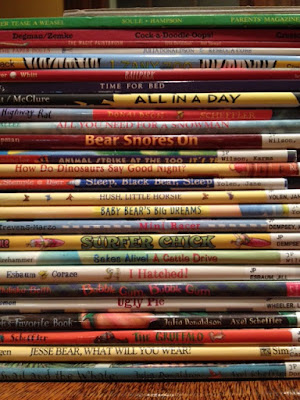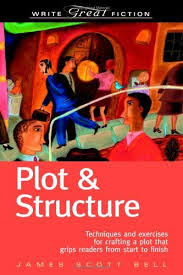If so, are you a member of the Society of Children's Book Writers and Illustrators?
If not, you are missing out on a premiere international organization that offers layer upon layer of support to you. From national conventions to local groups to a website teeming with resources, SCBWI is well worth the membership fee. So JOIN! HERE! NOW!
Let's wait a few moments for those who need to enroll...
Good! Now that we're all on the same page, let me direct you to another page here, because tomorrow is March 1st. And the first day of March is the day that YOU can apply for an SCBWI grant!
Let's be honest, folks. It's difficult to get your work in front of publishers. It's hard to feel validated in what you do. And it's not often you can receive an endorsement from a respected powerhouse like SCBWI.

Well, should you win an SCBWI grant, you will be achieving a hat trick -- exposure to publishers, validation, and endorsement!
SCBWI's Work-in-Process grants (WIPs) "assist children's book writers and illustrators in the publication of a specific project currently not under contract." SCBWI awards one grant in each of the following categories:
• Picture Book text
• Chapter Books/Early Readers
• Middle Grade
• Young Adult Fiction
• Nonfiction
• Multicultural Fiction or Nonfiction
Submissions guidelines can be found here. (You MUST follow these guidelines -- absolutely no tweaking or fudging allowed!)
 |
| Leo the Late Bloomer by Robert Kraus and Jose Aruego |
More details about the award here.
Patient illustrators who have read this far are probably wondering, "What about me? Isn't the group called SCBWI? I as in "illustrator"? I am an illustrator!
No worries! SCBWI has a grant with your name on it, too. Or perhaps I should say, "two." The Don Freeman WIP grant of $1000 (each) is presented to two illustrators annually -- one published illustrator, and one yet-to-be-published. Don Freeman is perhaps best known as the illustrator of the CORDUROY books. Details about the Don Freeman Grant can be found here. Again, follow those directions, folks!
You may only submit ONE piece, so make it your best! Submissions must be made between March 1 and March 31, 2016.
Don't let time run out!
Good luck!















































